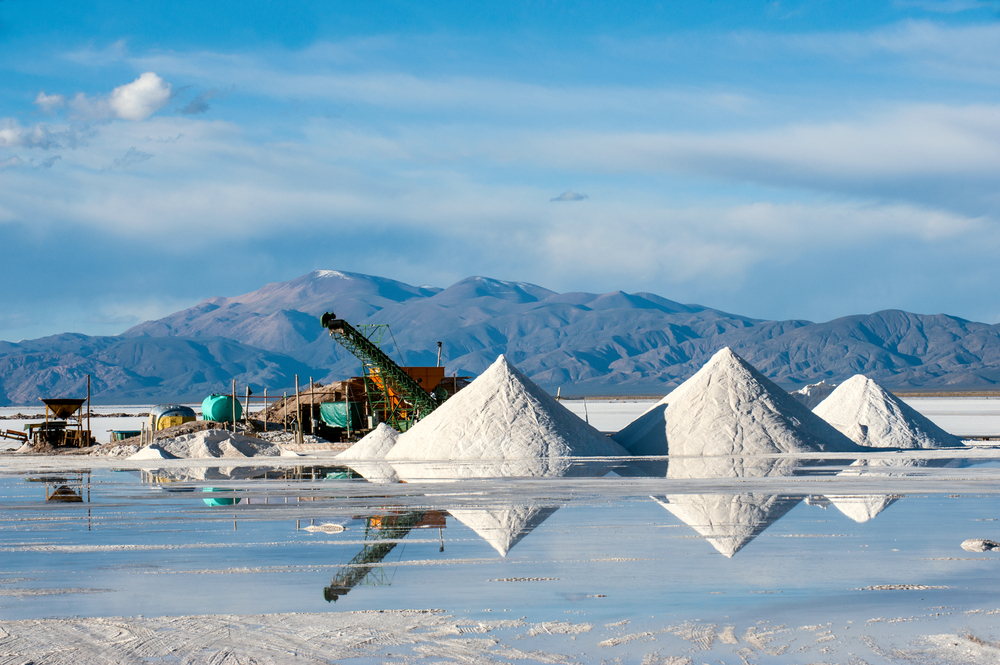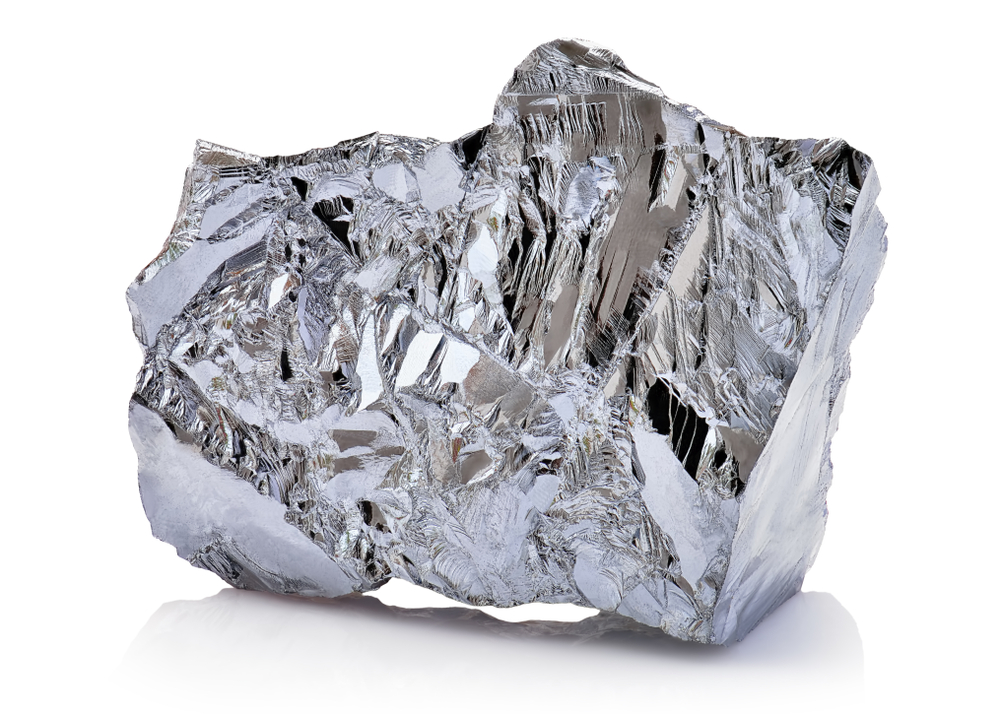Analysis by BloombergNEF shows lithium prices continued to rise in 2021 due to the restraint in supply as a result of the pandemic and the higher demand recorded in China and Europe

The energy transition is likely to fuel a sustained increase in demand over the next two decades for metals such as lithium (Credit: Shutterstock/Ksenia Ragozina)
Battery metal prices recovered strongly in the first half of 2021, giving an incentive for new production to come online.
That is according to a report by BloombergNEF (BNEF), which notes that China “maintained its grip” on the battery chemical industry, with the biggest market share for all the five main battery metals.
It also found that diversifying the global supply chain would require “significant investment” from regions such as Europe and North America.
Under BloombergNEF’s least-cost Economic Transition Scenario (ETS), annual demand for lithium-ion batteries will pass 2.7 terawatt-hours (TWh) per year by 2030.
“Total annual battery demand in 2030 is 35% higher than in last year’s outlook, largely due to expectations for higher demand from passenger electric vehicles (EVs),” said the report.
Lithium prices increased as battery metals continued their recovery in the first half of 2021
BNEF notes that lithium carbonate and hydroxide should be sufficiently supplied until at least 2025.
But it believes hydroxide could face a shortage by 2027, as demand for high-nickel chemistries surges. One key risk is that some 35% of the projected supply growth from now until 2025 will come from integrated spodumene-to-hydroxide converters in Australia.
“These projects are expensive and have a history of delays,” said the report. “Should the commissioning of these Australian converters be delayed, there may be a shortage of hydroxide by 2025.”
Lithium prices continued to rise in 2021 due to the restraint in supply as a result of the pandemic and the higher demand recorded in China and Europe, according to BNEF.
Lithium prices have climbed 71% for carbonate this year, 91% for hydroxide and 58% for spodumene concentrate. BNEF expects all prices to continue their rally but to “gradually plateau” as more supply comes online in 2021-2022.

The report shows that the nickel sulphate market remains in the balance in the near term, despite the increased demand expected in the next five years.
“Domestic demand in China was relatively low as some automakers are shifting to LFP chemistries,” it added.
“This will have limited impact in the adoption of nickel-rich battery cathode chemistries and, as such, the nickel sulphate market may slip into a 128,000 metric tonne deficit as early as 2024.”
At the start of the year, BNEF predicted that the nickel market will move into a two-tier system for nickel pricing to further incentivise investment into additional Class 1, battery-grade nickel supply.
But it said at the end of the first half of 2021 there have been no concrete developments towards what it believes is a “much-needed change in the dynamics of pricing in the nickel market”, meaning prices will likely remain about $18,000 per metric tonne for 2021.
Cobalt and manganese prices surged in first half of 2021 following the battery metal recovery
As for the cobalt market, there is likely to be a narrow surplus this year. Both large-scale and artisanal miners are expected to produce about 166,434 tonnes of cobalt in 2021.
Under BNEF’s least-cost Economic Transition Scenario, demand for the metal will reach 163,121 tonnes in 2021, leading to a 3,313-tonne surplus this year. But this projected surplus will be dependent on the ability of artisanal producers to ramp up supply.
Cobalt metal prices have risen by 42% year-to-date on the London Metals Exchange and, in March, it rose to $53,000 per tonne – the highest it’s been since March 2018 and 15% above the five-year average.
BNEF said the cobalt metal price could average $45,000 per tonne year-end 2021. With the market projected to be relatively in surplus this decade, it expects prices will hold at an average of $44,000 per tonne up until 2025.
Elsewhere, manganese production in South Africa in April increased by 208% year-on-year, with the market recovering strongly from the impact of the Covid-19 pandemic.
In spite of the resumption of mine operations in South Africa, the report notes that the industry has been saddled with challenges associated with haulage, electricity reliability and port operations.
Manganese sulphate prices have risen 30%, from $867 per metric tonne in January to $1,128 in June, due to an increase in battery demand.
“Prices are likely to keep rising in the second half of the year as demand for batteries is projected to grow,” said BNEF. “With the manganese sulphate market currently projected to be in a deficit, prices are likely to rise to support new refinery projects in order to meet demand by 2024.”
Under BNEF’s least-cost Economic Transition Scenario, graphite demand from lithium-ion batteries is set to rise year-on-year by 37% to 446,914 metric tonnes in 2021 and will grow by 297% by the end of the decade.
The report said commercial vehicles will represent the fastest growth, with year-on-year demand doubling in 2021. Overall, it estimates graphite demand from lithium-ion batteries will reach 446,914 tonnes this year.
